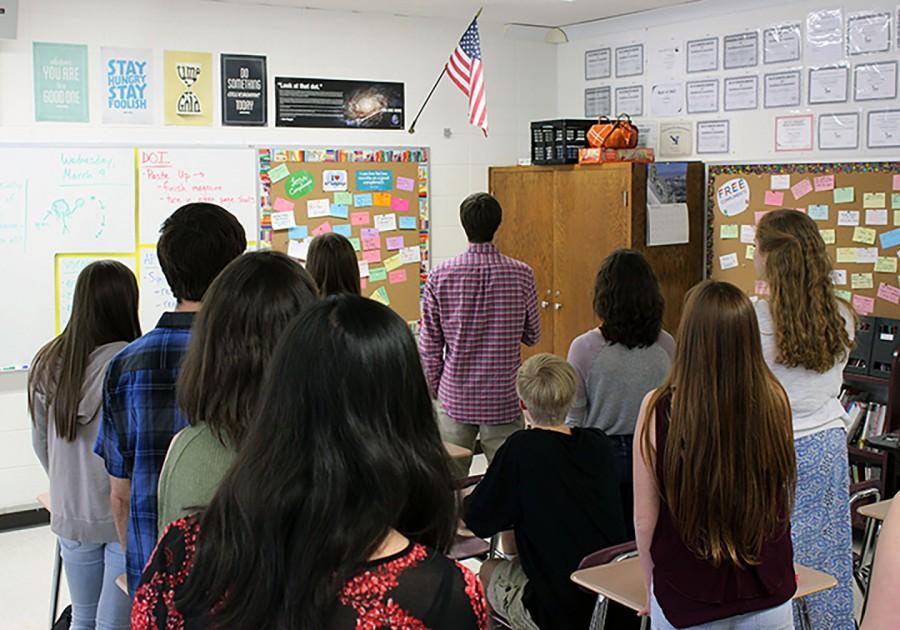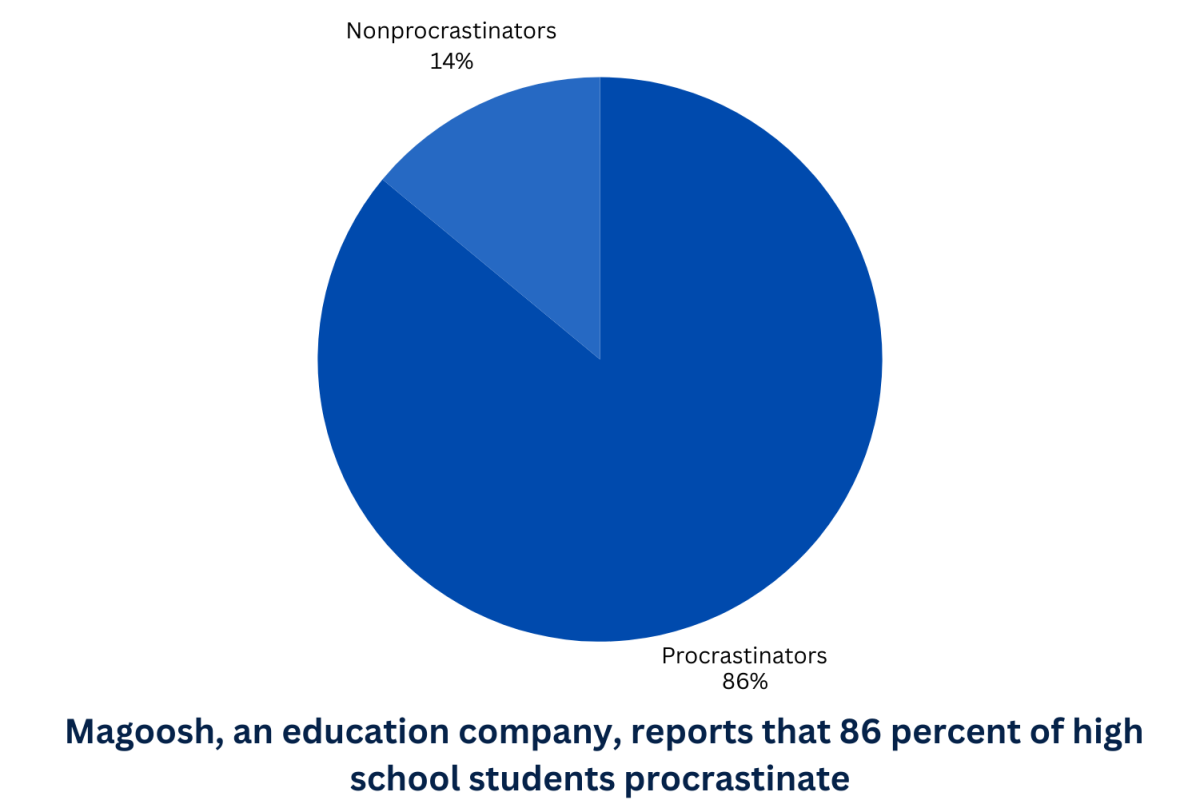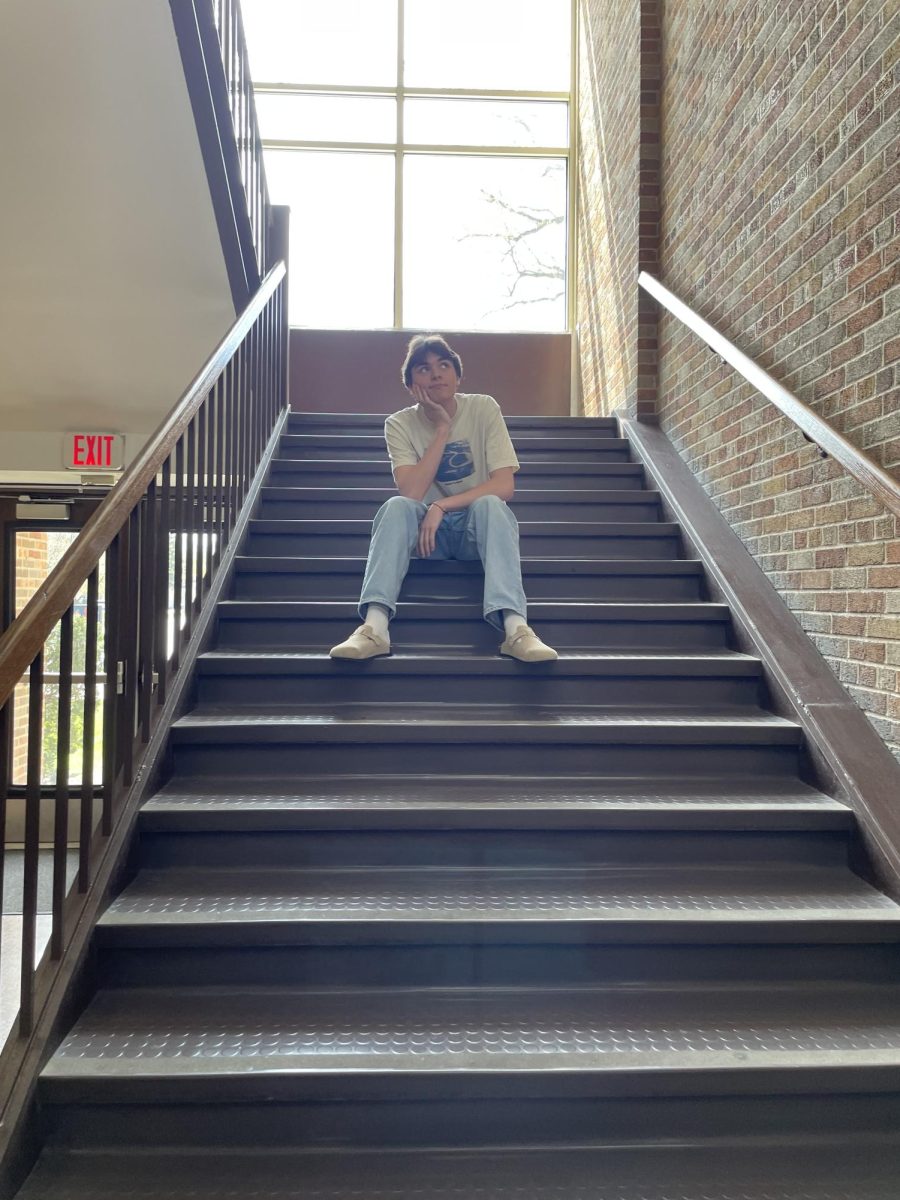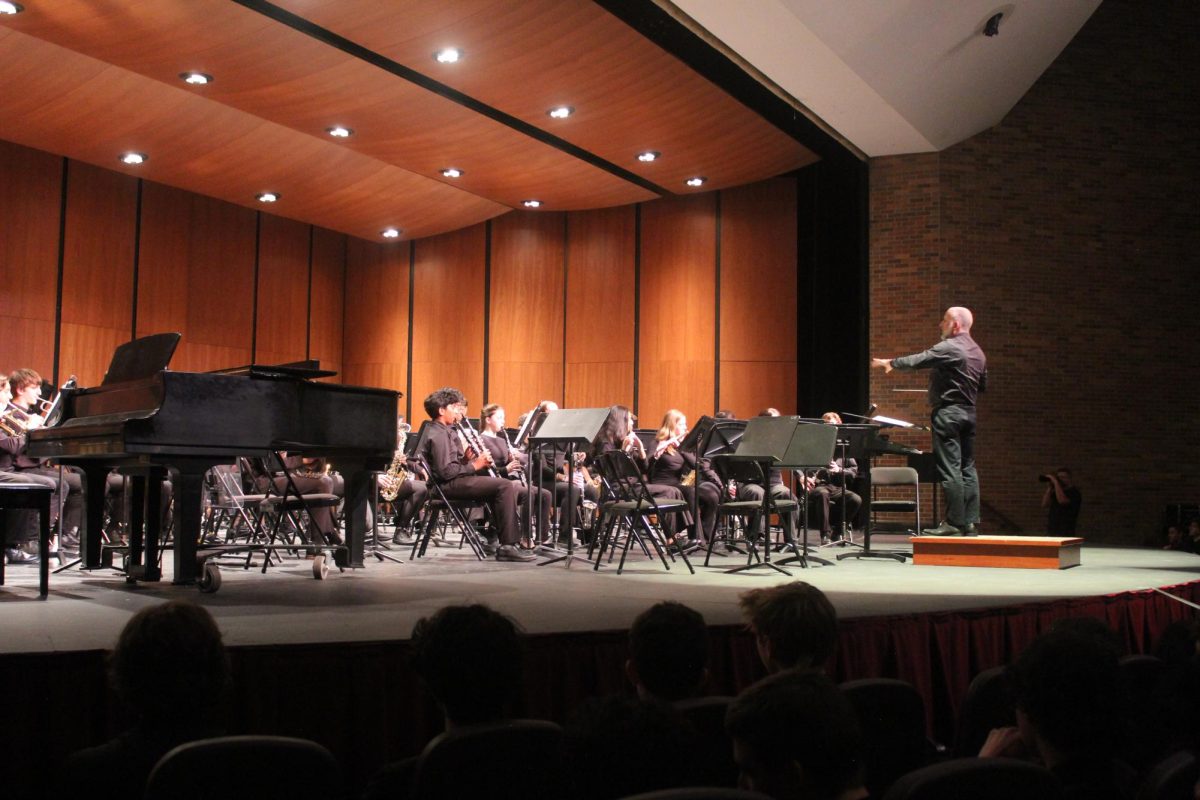Every day in numerous schools across the country, including LHS, students stand and pledge to the flag without giving it much thought; many have been doing it every day since they were in Kindergarten and 5 years old. But why do we say it and should it be allowed in public schools?
The history of the Pledge is integral to understanding its place in society today. The Pledge of Allegiance has been a part of America’s society since its creation in 1892 by the socialist minister Francis Bellamy, according to The Independent Hall Association (IHA). It was originally published with the hopes of it being used in any country but came to adopt its American origins in 1923 with the addition of “the flag of the United States of America.”
Since its major implementation into American society, as stated by IHA, the pledge has been a topic of many major court cases — the bulk of the cases revolving around the words “under God,” which were added by President Dwight D. Eisenhower in 1954 amidst the Cold War and Red Scare in the United States.
While the majority of the Drops of Ink staff believes that the addition of the phrase “under God” is outdated and may go against the separation of church and state, it is important to note that many things in our society have religious connotations to them, like the phrase, “in God we trust” on the dollar bill; if we question the pledge, we have to question other things, too.
The DOI staff believes that many of the country’s elements rooted in religion relate back to our history as a nation and that they are tradition. Although it is tradition, some DOI members believe that this should be changed because as we move forward as a nation, we have changing values and our customs should continue to change with them. Conversely, other DOI members saw this as less of a religious stance; the pledge is rooted in our history and our country’s nationalism and because you are not forced to say it, it is okay.
DOI also sees another problem with the pledge: its place in schools. Although students are not legally forced to participate in it, many DOI members stated that they have felt pressure to say it in the past. Some staff members even recalled times when teachers have told them they had to participate in the pledge in elementary and middle school.
Staff members like the fact that students have the choice to say the pledge, though they feel it should be more emphasized that it is in fact a choice and the peer and faculty pressure to say the pledge should try to be eliminated by promoting the fact that we legally do not have to say it. Furthermore, DOI believes that students should be educated on what they are actually saying and pledging to; the pledge should not be a by-product of blind nationalism.
Students should be taught the meaning of the pledge simultaneously with being taught the pledge itself, allowing for young students to have an idea of what they are pledging to everyday. By having a greater understanding of the meaning of the pledge, along with a decrease in pressure to recite it, DOI believes the pledge would have a better place in the school environment.
While the DOI staff sees both positives and negatives in reciting the pledge, our staff believes that overall the pledge should be the student’s own, well-informed choice, and it should not be something forced upon students and although that is somewhat how it is now, it needs to be further emphasized that it is a choice. Without making it clear that the pledge’s recitation is a choice, aren’t we denying America’s very own principles of democracy and freedom?
Click here to see LHS students interviewed about the Pledge of Allegiance



















